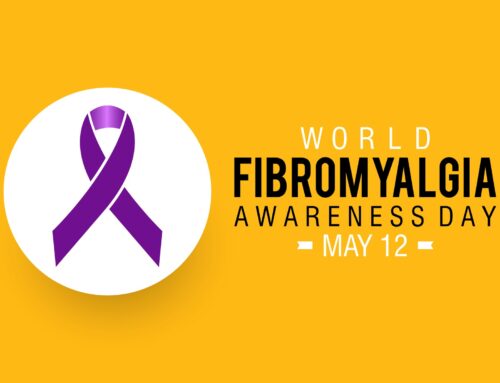As we noted in our earlier post, KCP Physical Therapy Supports Parkinson’s Disease Awareness, physical therapists are important members of the healthcare teams of those with Parkinson’s disease. In this post, we’ll talk more how PT can help clients with PD improve their quality of life.
As part of Parkinson’s Awareness Month, the Parkinson’s Foundation is promoting the ABC’s of PD, which is a combination list of both the symptoms of PD and ways to address them. In their ABC’s, the letter B stands for Balance, F stands for Fitness, and U stands for Urinary Incontinence – all things that we can help through physical therapy, exercise classes, and pelvic floor therapy.
Balance
An increased risk of falling is one of the known hallmarks of living with PD.
Michael J. Fox has broken a number of bones as a result of falls and is an advocate of physical therapy to help with balance and movement challenges. On the Michael J. Fox Foundation for Parkinson’s Research website, the article “Ask the MD: Physical Therapy and Parkinson’s Disease” includes a quote from physical therapist Gezel Villanueva-Fischberg. When asked when someone with PD should see a physical therapist, she responds, “As soon as possible after your diagnosis!” She also shares many of the techniques that physical therapists can use to help their patients improve range of motion, coordination, and balance.
The Parkinson’s Foundation has created a Falls Prevention Fact Sheet which addresses the role of exercise and balance training for people with PD. They note that, “For reducing the risk of falls, exercises that specifically challenge and strengthen a person’s balance, address axial rigidity, and improve flexibility are ideal. They help maintain the postural stability and mobility needed to prevent falls. Exercise also enhances a person’s awareness of the location of his or her center of mass, which can improve balance.”
Exercise
Research has shown that exercise among PD patients can improve gait, balance, tremor, flexibility, grip strength, and motor coordination. As physical therapists, we can help those with PD stay mobile and retain physical abilities as the disease progresses.
Stanford Medicine experts say, “When you have Parkinson’s disease (PD) exercise is as important as taking your medications on time, every time. Exercise helps to maintain strength, flexibility, balance, and cognitive acuity so you can continue to do the things you have to do and the things you love to do.”
Specific to each person’s stage and abilities, physical therapists can tailor well-rounded exercise programs to help battle symptoms and slow the decline in physical function. During an initial evaluation, we will consider a person’s balance, posture, strength, endurance, flexibility, and coordination. Moving forward, we can help patients improve their fitness level, strength, and flexibility. As conditions change, we can adapt the exercises as needed and help patients find the most safe and efficient ways to perform everyday activities.
Urinary Incontinence (Pelvic Floor Physical Therapy)
Pelvic floor dysfunction can also be a part of PD. Bladder overactivity, which can cause urinary urgency, frequency, or incontinence, can be a common dysfunction. Weak voiding may be another.
Kegel and pelvic floor muscle strengthening exercises can help in retraining the bladder and increasing its holding capacity. A pelvic floor specialist can help with exercise-based interventions that can allow a better quality of life.
If you or a loved one have been diagnosed with PD, we encourage you to learn as much as you can about the disease and how it can be managed. If you are experiencing some of the core symptoms, please see your doctor. Our team in Charlotte would be honored to be a part of your care team; please contact us if we can be of assistance!





